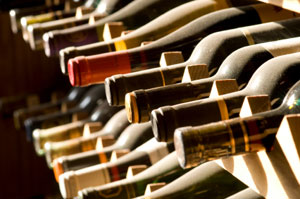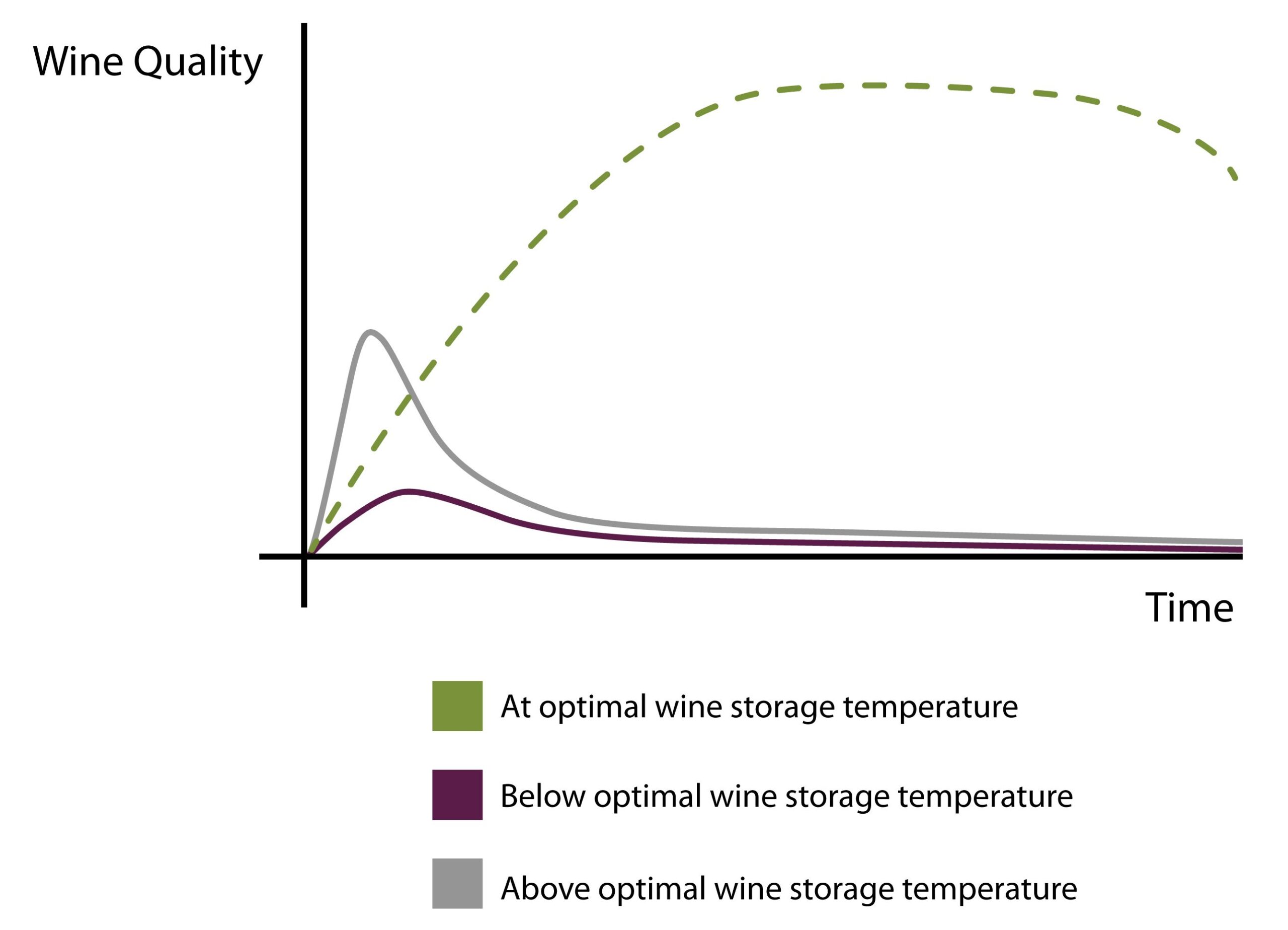With help from some experts, you can have wine storage and aging down to a science.
Wine aging, and its ability to potentially improve wine quality, distinguishes it from most other consumable goods. While wine is perishable and can deteriorate significantly, proper wine storage facilitates complex chemical reactions involving sugars, acids and other phenolic compounds, such as tannins, which improve aroma, color and taste. Many factors play a role in the ability of a wine to age, including the types of grapes used, the year it was produced, wine making methods and soil conditions in the producing region.
Here are a few insights into how varying types of wines differ in their ability to age. In general, wines with a low pH such as Pinot Noir and Sangiovese have a greater capability of aging. Red wines with a high level of flavor compounds such as phenolics and tannins, which include Cabernet Sauvignon, Nebbiolo and Syrah will increase the likelihood that a wine will be able to improve with age.
White wines with the highest aging potential are those with a high amount of extract and acidity. The acidity in white wines, acting as a preservative, has a role similar to that of tannins in red wines. The process of making white wines, which includes little to no skin contact, means that white wines have a significantly lower amount of phenolic compounds, though barrel fermentation and oak aging can impart some phenols. Minimal skin contact with rosé wines also limits their aging potential.
To take a closer look at the exact equations associated with the change in wine quality over time as a function of temperature, we can look to recent research carried out in Germany. In the graph below, note how the equations produce the three distinct curves reflecting to show wine quality.



